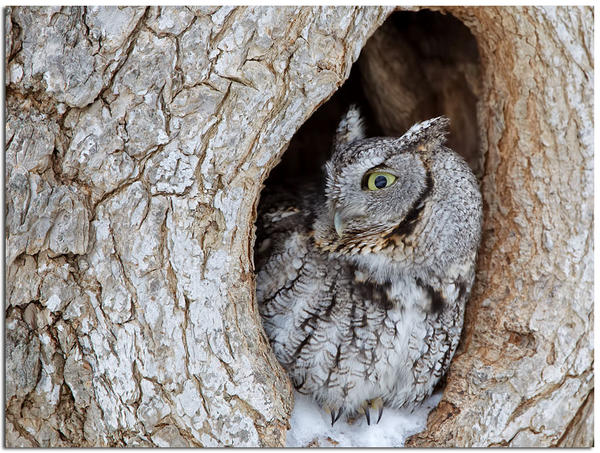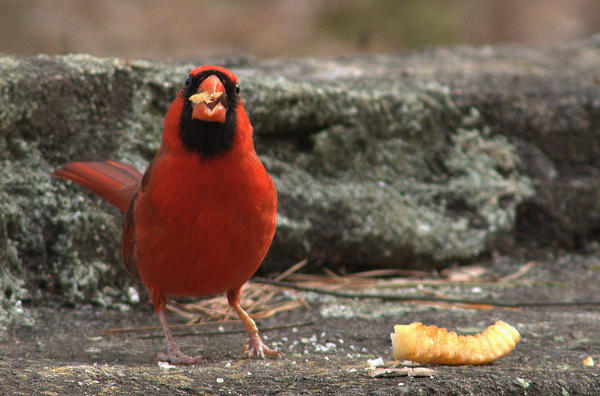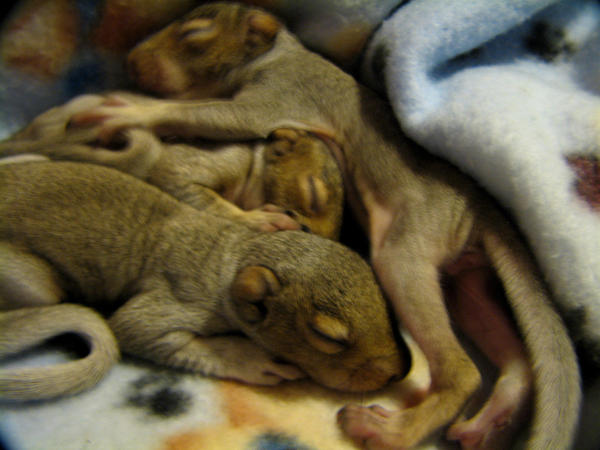Staff and volunteers working on the emergency hotline at Toronto Wildlife Centre (TWC) respond to hundreds of similar calls every spring. Migrating birds face numerous challenges as they pass through cities on their way to breeding grounds, and American Woodcocks are one of the first species that TWC receives calls about. Many are admitted for medical treatment at the centre - the only rehabilitation and veterinary hospital dedicated to providing treatment for sick, injured and orphaned wildlife in the GTA. The centre has been operating for over 20 years and runs entirely on donations.

I worked on TWC’s emergency hotline prior to my new role as Residential Planting Programs Assistant at LEAF. As I switch gears from rescuing wildlife to protecting our urban forest, I continue to recognize the links between the two. The human impact on our natural environment takes its toll on wildlife, evidenced by the thousands of patients TWC admits every year. While becoming a wildlife rehabilitator takes years of training, you can make a difference for wildlife by following these tips and making a few simple changes to your yard.

Did you see that sign that reads ‘Please don’t feed the birds’? Follow it! Bread, muffins, french fries and other human foods tossed to birds are detrimental to their health (and yes, you have my permission to tell that to people you see doing it in your neighbourhoods!) Poor nutrition in birds causes an array of problems including weakened bones, poor feather development and “angel wing,” a deformity of the wing which prevents flight and is not treatable. While many opt for feeders as a bird-friendly option, communal feeding increases spread of disease and predation. If you want to attract the birds, the best option is to plant native species which provide a natural food source. Native Garden Kits and Native Shrubs can help you get started on your backyard bird paradise.

Planning to prune or cut down a tree? Wait until late fall! It’s better for both the trees and their inhabitants. Many animals, including babies, are admitted to TWC when displaced or injured by these activities. Branch nesting birds can be easier to see, but Eastern Bluebirds, Black-Capped Chickadees and Screech Owls, among others, are cavity nesters and you may not realize you’ve destroyed a home until it’s too late. Many people don’t realize that squirrels raise babies in spring and fall, their nests resembling a clump of leaves and twigs often situated high up in trees. Disturbing the tree can cause babies to fall out and become injured or abandoned by mom.

And what are you going to do now that you’ve got that big empty space where that tree used to be and that cute little squirrel is looking for a new home? If you don’t want any furry neighbours taking over your attic, why not plant a native tree! Wild animals everywhere will thank you and so will TWC’s hotline staff who respond to up to 200 calls per day. One less call can make a world of difference!
Both Toronto Wildlife Centre and LEAF are supported by OPG Biodiversity. Find out more about the program, other partners and events in your community at opgbiodiversity.ca!
